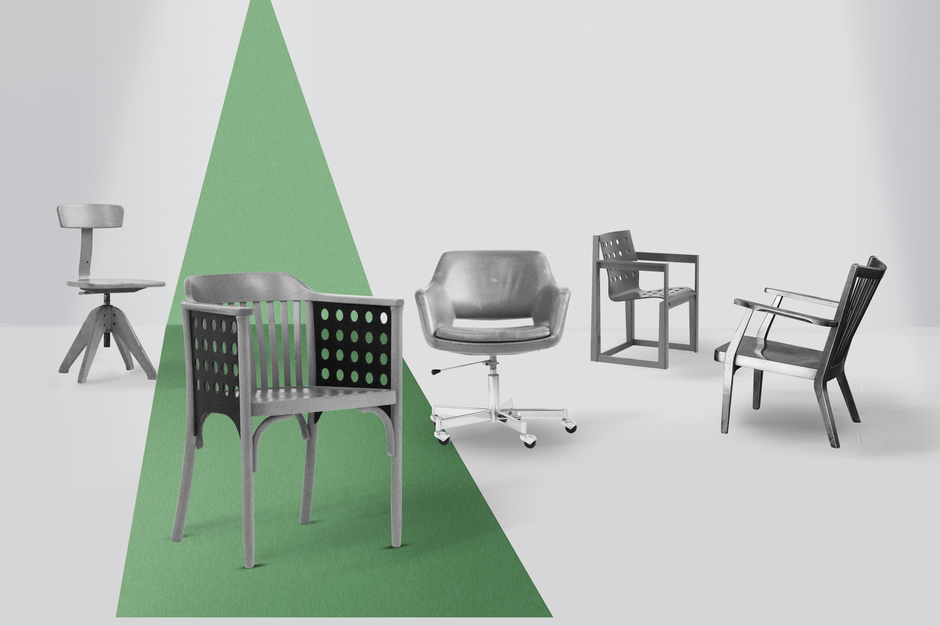

100 years of quality
Wiesner-Hager was founded by Josef Wiesner as a carpentry business in 1849. In the year 1921 Rudolf Wiesner and Sebastian Hager took over their father’s business, which was at that time purely a carpentry and construction company. With the restructuring of part of the construction business into a furniture manufacture the two lay the cornerstone for a second branch of the business.
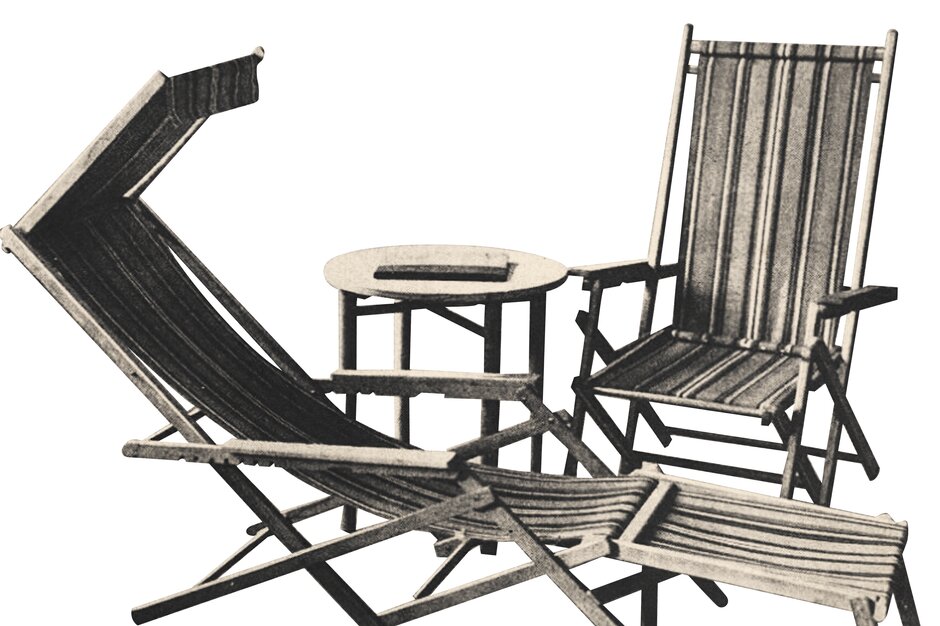
Ahoi! This furniture was real globetrotters.
In the beginning the focus was on simple armchairs and collapsible garden furniture. Special productions, such as complete bedrooms or living rooms, were manufactured in the furniture plant. An initial highlight in Wiesner-Hager history was the export of garden furniture to England in the 1920s. All told the furniture delivered garnered a total revenue of over 300,000 Schillings – an unbelievable figure for a company of this size at the time. The furniture could also be found as deck chairs on passenger ships and in the English colonies, above all in India.
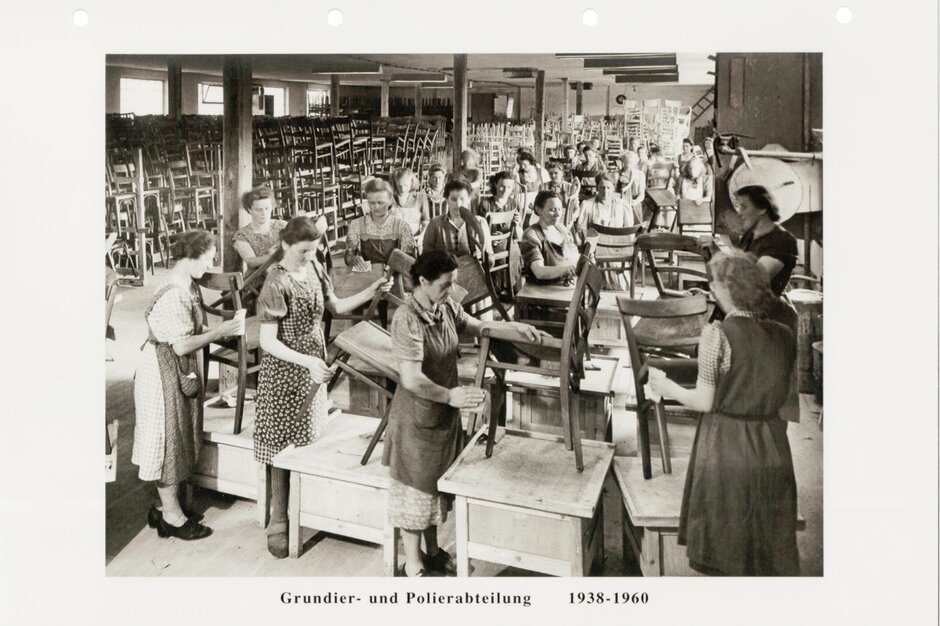
Wartime years pose a tough test.
As with many companies, the wartime years between 1939 and 1945 represented a struggle to survive for Wiesner-Hager and were accompanied by numerous human tragedies. Of the 104 employees called up for military service, 35 did not return. At the start of the war, Wiesner-Hager still managed to get by as a supplier to the military. Wiesner-Hager also became a member of the German bentwood cartel, which placed orders for the Wehrmacht from Berlin. In fact, the company made even larger investments: In addition to chairs and stools, recliners were also required for field hospitals and so-called “sleigh boats” had to be produced as a means of transporting war matériel and the wounded. For these reasons, it was especially women who kept the business going during the war, enabling the company to stay afloat for a long period of time during the war years. As the war continued, shortages of manpower and materials led to the complete closure of the company for a few months. Production only resumed at the start of 1946.
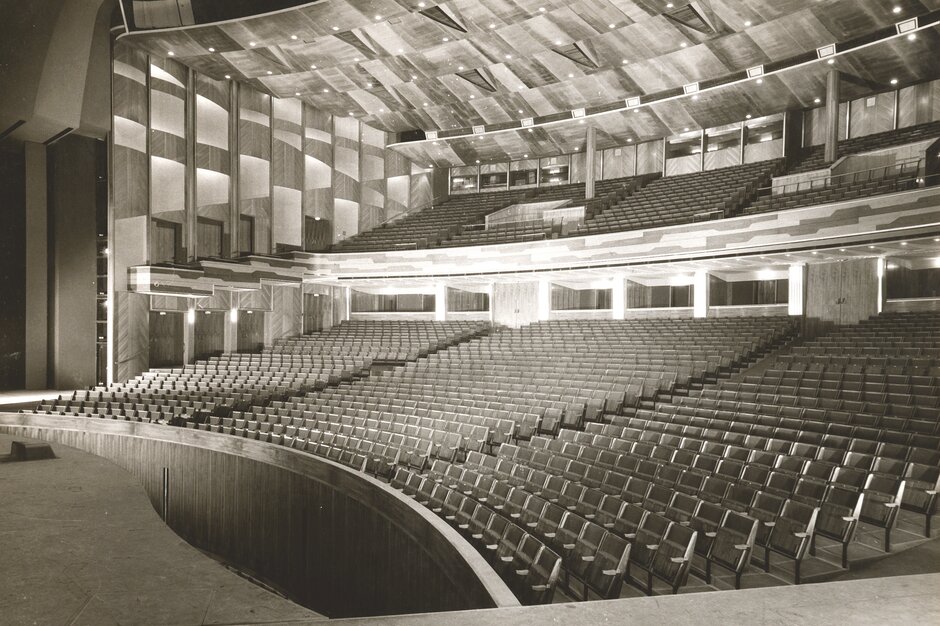
Curtain-up! We’re off to the theatre.
Wiesner-Hager soon recovered after the Second World War. The prevailing mood of optimism was driven by demand. Moreover, the 1950s ushered in a great period of prestigious cultural projects: Many renowned cultural sites, such as the Vienna State Opera, the Burgtheater or, a little later, the Brucknerhaus in Linz, were fitted out with chairs from Wiesner-Hager. The company also maintained a long-standing connection with the Salzburg Festspielhaus. Built by Professor Clemens Holzmeister, the old Festspielhaus featured a large auditorium which had already been fitted out with 1,200 chairs by 1935. High levels of quality and long-standing expertise in furnishing projects ensured that the new Festspielhaus was completed in cooperation with Wiesner-Hager at the end of the 1950s. Even today, audiences in the Salzburg Festspielhaus still sit on the original chairs from 1960.
Austria may be small, but it has powerful brands that spread its reputation all over the world. In the field of culture, we have the Salzburg Festival. In regard to furniture, there is Wiesner-Hager. When Clemens Holzmeister designed the Großes Festspielhaus in 1957, he turned to Wiesner-Hager and had the company create a special form of seating which has truly proved its worth right up to today. We ourselves celebrated our 100th anniversary in 2020, and now the Salzburg Festival wishes to congratulate the Wiesner-Hager company on its 100th anniversary.
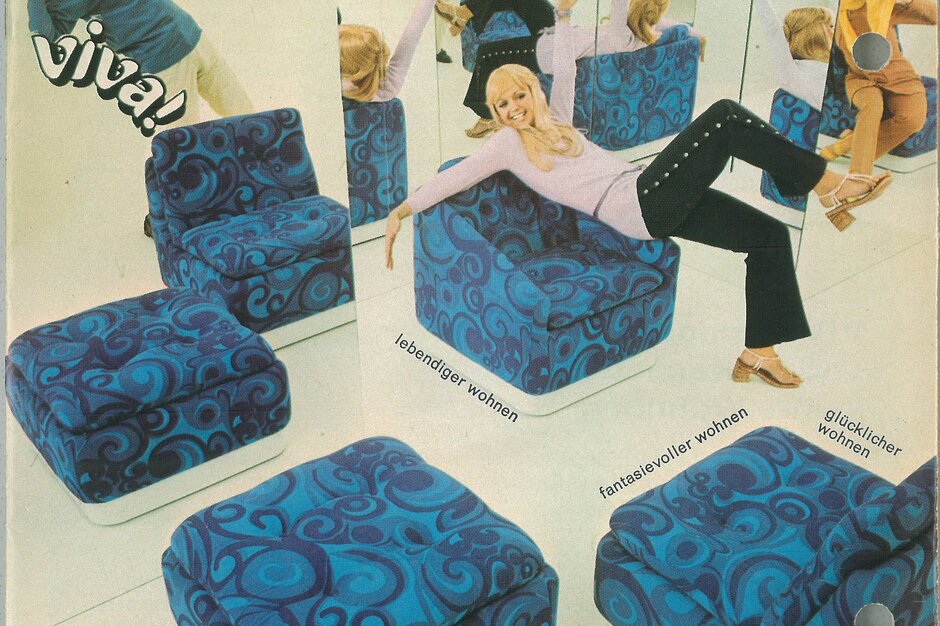
The 1960s and 1970s.
Although growth in the 60s had slowed down compared to the reconstruction years Wiesner-Hager was able to continue its success: Every year the Altheim production site was producing over 500,000 units and in the mid 1960s the company was one of Europe’s three largest seating furniture producers. No. 1 in Austria! However, Wiesner-Hager is not only distinguished by major prestigious projects – such as Brucknerhaus Linz in 1973 – but also by the development of new products. Between 1974 and 1977 Altheim brought home the “Armchair of the Year”, the State award for furniture, a total of three times. In addition to quality, product design frequently played an increasingly more important role. The impacts of the second oil crisis of 1979 lead to a stagnation of the Austrian economy and also initiated a difficult phase of downswing and consolidation for Wiesner-Hager. The generalist strategy of the 60s and 70s had reached its Limits.
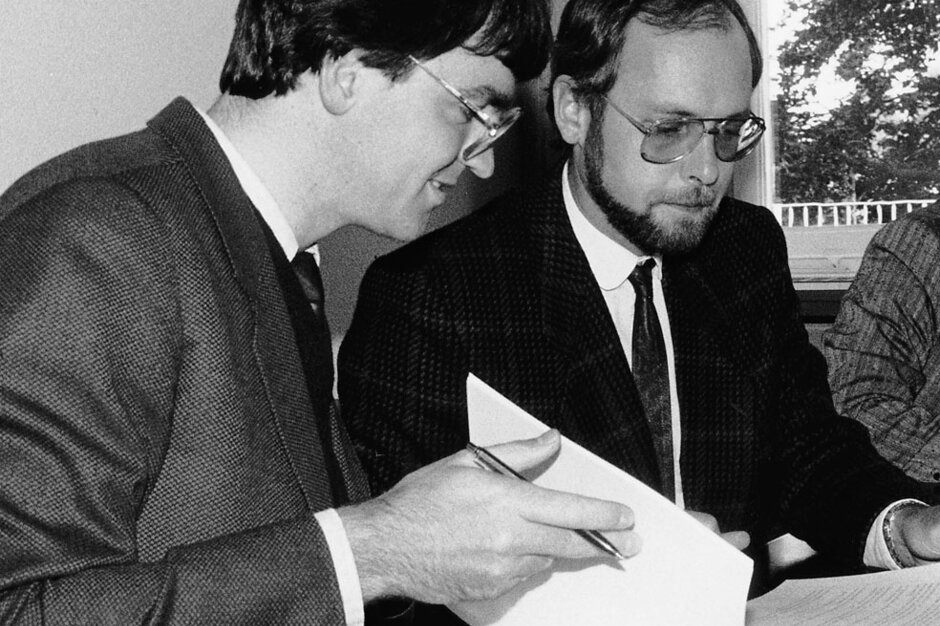
A new era begins.
1984 marks the beginning of the strategic realignment with the entry of Markus Wiesner, the son of Rudolf Wiesner, through the division between construction (under the leadership of Erich Wiesner) and furniture. Important decisions sounded the bell for a phase of restructuring and increased efficiency. There was a withdrawal from the business fields of cinema, theatre and restaurants. The full concentration was now on furnishing offices and properties. This fulfilled the requirements for operating internationally, which had been defined as a clear goal. Systematic internationalisation has been promoted since the 1990s: With its own distribution companies in important European countries and license partnerships in Japan and the USA. In 1995 a production plant was also erected in the Czech Republic in addition to the main location in Altheim.
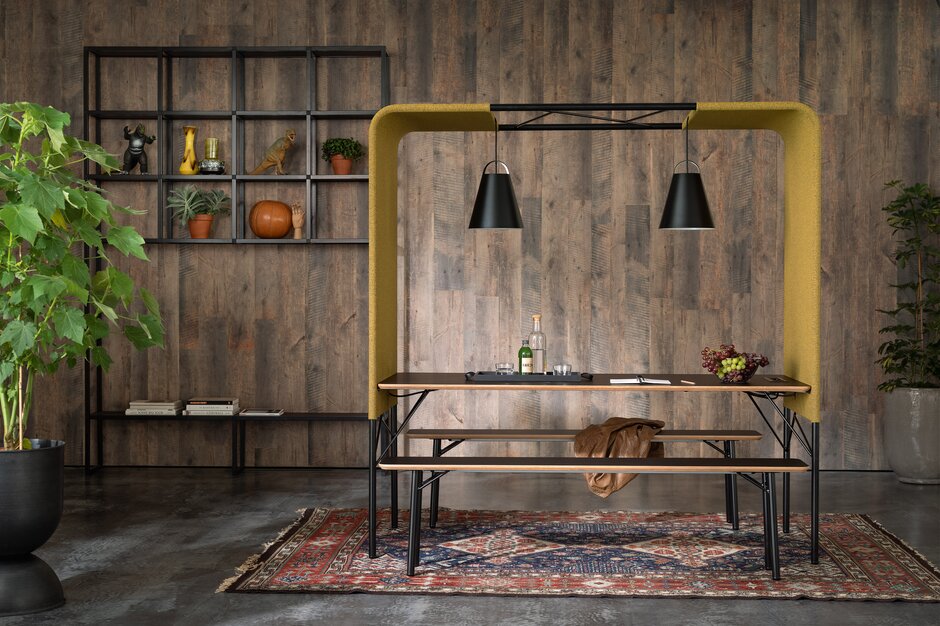
Wiesner-Hager in the new Millennium.
Due to major changes in the working world and the enormous upheavals in the office and properties branch, the furniture offering has been expanded since the noughties to include the services of office consulting and interior design: Concept orientation has become a key success factor. With an export quota of more than 50% Wiesner-Hager is currently one of the most renowned companies in the furniture branch in Europe.